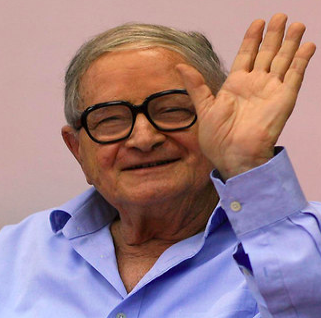On September 10, 1968 Raphael Eitan and three other Israeli nationals arrived in Apollo, Pennsylvania, a small city north of Pittsburgh that was home to a company called the Nuclear Materials and Equipment Corporation. NUMEC packaged and stored enriched uranium, which it supplied to nuclear power plants in northeastern United States.
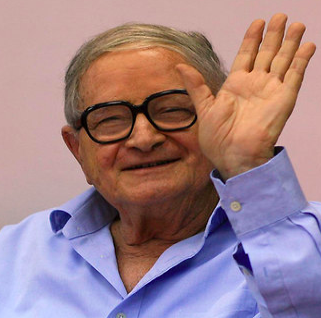
Eitan, who died Saturday at age 92, was already a legendary intelligence operative by the time he came to America in 1968. In 1960, he led the operation to capture Adolf Eichmann, a Nazi functionary who presided over the liquidation of the European Jews. Eichmann’s trial and subsequent execution was a milestone in world understanding of the Holocaust.
As his obituaries noted, Eitan would go on to a storied career. Eitan was responsible for the handling of Jonathan Pollard, the Israeli spy whose arrest in 1985 caused a serious rift between the governments in Tel Aviv and Washington.
The New York Times obituary mentioned of one of Eitan’s most audacious and consequential operations:
“He was also suspected of being involved in the late-1960s disappearance of at least 100 pounds of highly enriched uranium from a nuclear fuel plant in the Pittsburgh area; many believed that the uranium was diverted to Israel to help its atomic bomb program.”
The Times retracted these statements. After an online complaint from the Committee for Accuracy in Middle East Reporting, a pro-Israeli watchdog group, the Times appended a correction.
The correction, alas, was less accurate than the original story.
The Times correction stated, “though Mr. Eitan visited the plant around the time of the disappearance [of the fissile material], it was never shown conclusively that he had had an important role in it.”
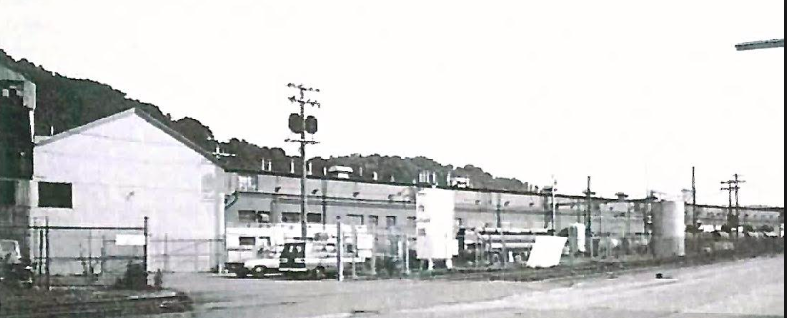
Thus the newspaper of record deprived Eitan of credit for an accomplishment that he denied but almost certainly deserved.
Eulogy
“Rafi was a fighter and a commander of the first order, unique and brave, who led countless daring operations and complex initiatives,” the Mossad said in statement after his death. “The great majority of his operations cannot be publicized but they contributed greatly to the security of the State of Israel.”
One of those operations was the great uranium heist that took place in Apollo, almost six thousand miles from the town of Ramat Hasharon in Palestine where Eitan grew up.
The Times correction notwithstanding, the evidence of Eitan’s involvement was conclusive to
1) the CIA’s scientific directorate;
2) a former Tel Aviv station chief;
3) one of the best-known defense analysts in Washington;
4) a Nuclear Regulatory Commission investigator; and
5) the leading historian of Israel’s secret nuclear program.
The Times correction dismissed their independent conclusions in favor of less credible denials from NUMEC’s self-interested founders.
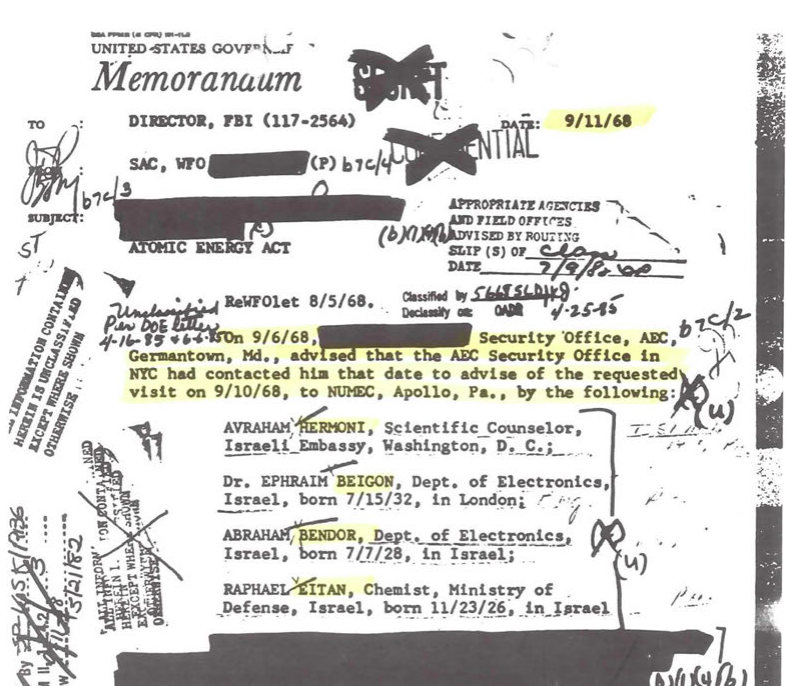
Eitan’s unacknowledged role in helping Israel become a nuclear-armed state is documented in a September 11, 1968, FBI report, obtained under the Freedom of Information Act. (You can read the document here.)
Eitan’s participation was confirmed by John Hadden, a former CIA station chief in Israel with excellent contacts in Mossad. Hadden, who died in 2011, kept a list of 29 talking points about how NUMEC was used to build the Israeli bomb. Hadden shared the list with congressmen and investigators.
Hadden told one interviewer that Eitan’s absconding with contraband from the unguarded NUMEC facility was relatively easy compared to the drugging and kidnapping of Eichmann.
The NUMEC story is told in comprehensive technical detail by Roger Mattson in his 2015 book Stealing the Atomic Bomb. The abundant documentation of Mattson’s findings can found at the non-profit National Security Archive. Mattson, a physicist, investigated the NUMEC affair for the Nuclear Regulatory Commission.
All of these independent sources concluded Eitan played an important role in the diversion.
‘An Operational Person’
Rafi Eitan’s prowess in secret intelligence was forged in war.
Eitan was born in a kibbutz in Palestine, now northern Israel, in 1926. In 1944, at age 18, he joined the Palmach, the pre-state underground Jewish militia. During the 1948 War of Independence, he was gravely wounded. Upon his release, Eitan joined the Shin Bet, Israel’s domestic security service, the equivalent of the FBI.
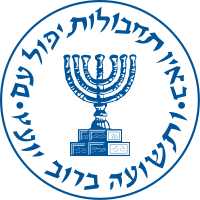
Eitan didn’t look the part of a war hero, his obituary noted. “He was short, unkempt, wore glasses and had bad vision and hearing. But his operational talents quickly stood out.”
In 1955, he was recruited into Mossad and took part in many clandestine missions, including the capture of Eichmann and the sabotage of German scientists working in Egypt.
NUMEC
Eitan’s visit to Apollo in September 1968 was not unknown to U.S. officials. The Security Office of the Atomic Energy Commission had approved his visit on the assurances from NUMEC’s owner that he was a “chemist” and his companions were “electronic specialists.”
Alas, Eitan was not a chemist. Two of his colleagues were Shin Bet agents and the third came from Lekem, an office that collected scientific and technical intelligence abroad from both open and covert sources, especially for the Israeli nuclear program. Eitan would later head Lekem, according to Israel’s YNet News.
While U.S. law enforcement did not charge anyone with criminal “diversion” of the missing uranium, CIA scientists had little doubt that Mossad was behind it.
“I believe that all of my senior analysts who worked on the problem agreed with me fully,” said Carl Duckett, deputy director for technical and nuclear intelligence in the 1970s. “…the clear consensus in the CIA was that indeed NUMEC material had been diverted and had been used by the Israelis in fabricating weapons.”[
Anthony Cordesman, senior analyst at the Center for Strategic and International Studies, was quoted as saying the September 1968 meeting in Apollo constituted “extremely hard evidence” that NUMEC was “operating with Israeli intelligence in the United States… there is no conceivable reason for Eitan to have gone [to the Apollo plant] but for the nuclear material.”
‘Nice Conspiracy Theory’
The Times’ corrected obituary removed information based on this body of evidence and hewed closely to the denials of Zalman Shapiro, the metallurgist who ran NUMEC, and David Lowenthal, the businessman who financed it.
Both men were ardent Zionists. Both denied any diversion took place. They contended the 267 pounds of fissile material that went missing was normal attrition in the refining process. Lowenthal’s son Mark told me in an interrview that the diversion story was a “nice conspiracy theory” but there was nothing to it.
NUMEC’s defenders—and the Times obituary—cannot explain why Rafi Eitan and three other intelligence agents visited the NUMEC plant in 1968 disguised as civilian scientists.
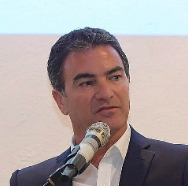
“It was obviously some intelligence operation, a special operation,” Avner Cohen, historian of the Israeli nuclear program, told me in a 2015 interview. “Rafi Eitan, he is not scientist. He is not directly related to the nuclear project. He is an operational person, a secrecy person, if you do something that you need a great deal of secrecy …This is a signal that the Mossad is involved in something, which is probably extraordinary.”[
The results of Eitan’s handiwork were extraordinary, if not world historic. A year later, in September 1969, Israeli prime minister Golda Meir met with President Richard Nixon and informally told him that Israel had built a nuclear weapon. Fifty years later, Israel remains the only nuclear power in the Middle East.
“His work and his actions will be etched in gold letters in the annals of the state,” said Yossi Cohen, the director of Mossad.
But not in the pages of the New York Times.
NOTES ON SOURCES
Because the facts of the NUMEC affair are so highly politicized, I want to be transparent about my sources.
John Hadden’s view: John Hadden Jr. recounts his father’s views about Israel’s involvement in the NUMEC diversion in his book, “Conversations With a Masked Man.” I found John Hadden Sr.’s 29 talking points in his personal papers, which John Hadden Jr. shared with me.
Carl Duckett’s comments: Transcript ABC News Closeup: “Near Armageddon: the Spread of Nuclear Weapons in the Middle East,” Broadcast April 28, 1981, 14. See also, “Only CIA Believed Uranium Diverted,” Washington Post, February 26, 1978.
Anthony Cordesman on “extremely hard evidence” See Mattson’sStealing the Atomic Bomb, 121 For more on the meaning of Eitan’s visit to Apollo, see “Did Israel steal bomb-grade uranium from the United States?” By Victor Gilinksy and Roger Mattson. Bulletin of the Atomic Scientists, April 17, 2014.
Avner Cohen’s comments. I spoke with Cohen on August 4, 2015.


